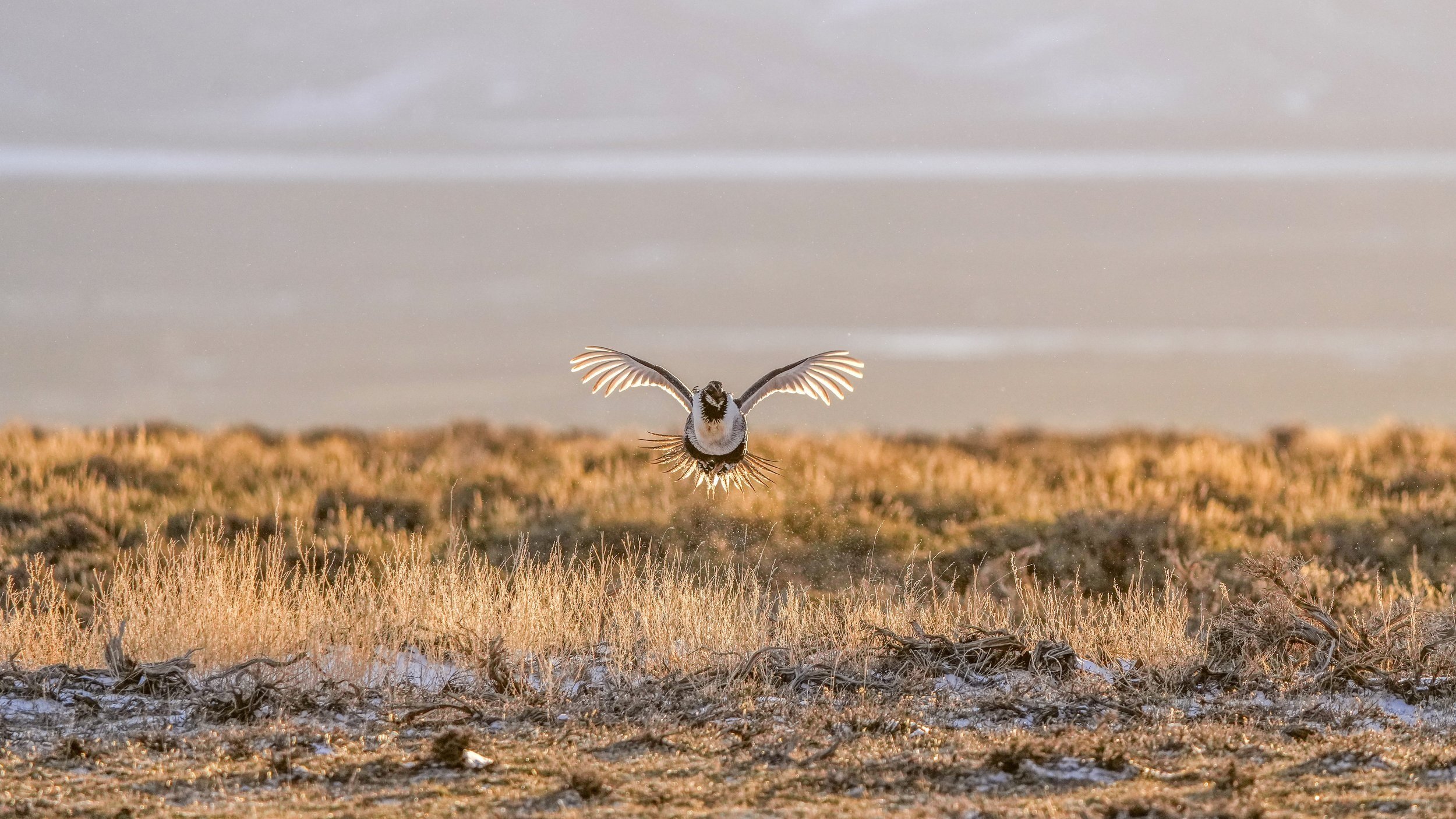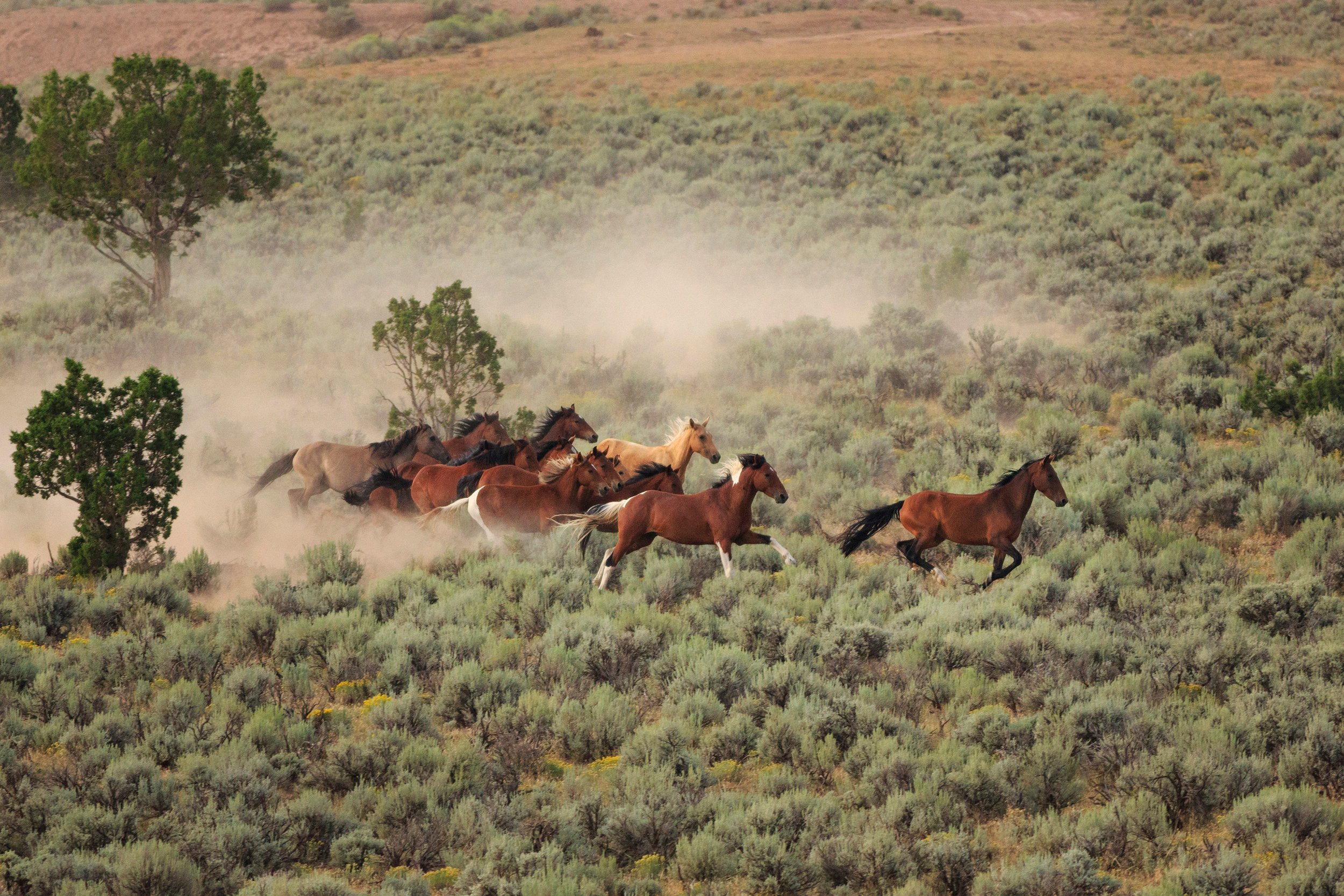Independent journalism from the ground —
investigating the forces shaping America’s public lands and the wild systems they sustain.
Our reporting is always free to read and free of influence. We don’t hide truth behind paywalls or advertising — because access to credible information about our shared lands and wildlife should belong to everyone. Instead, we run on reader support. Both free and paid subscriptions help fund travel, research, and on-the-ground investigations that hold agencies and industries accountable.
Thank you for your continued readership,
Jen Caudill
Founder & Executive Editor
Latest News
News Archives
Fixing or Failing Our Forests?
Recently proposed legislation, ‘Fix Our Forests Act,’ purportedly supports forest restoration and stewardship as a means of wildfire mitigation. However, it aims to bypass existing legislation, such as the National Environmental Policy Act (NEPA) and the Endangered Species Act (ESA), which have been in place since the 1970s to prevent actions that could harm the environment or endangered species.
Wolves on Trial in California’s Northeast
- 5-minute read -
Who decides the next chapter for California’s gray wolves—and on what terms? A fiery Town Hall in Alturas at the edge of the Modoc National Forest sparks conversation and controversy about the gray wolf's return to the state.
An Imminent Roundup of California’s Montgomery Pass Wild Horses
The BLM and USFS are moving forward with a roundup to permanently remove up to 500 wild horses in the California Mono Basin. Here’s what you should know about the situation unfolding for the wild horses roaming there — the Montgomery Pass wild horses.
Key Legislation for a Keystone Species
In 1990, voters passed Proposition 117, the California Wildlife Protection Act. This legislation established the Habitat Conservation Fund, which is set to expire in 2030. SB 427 aims to expand the funding for wildlife conservation indefinitely.
Endangered Livelihoods, Endangered Lands
First the Forest Service and the National Park Service. What’s at stake for the Bureau of Land Management in the path of sweeping layoffs within federal agencies tasked with managing hundreds of millions of acres of our public lands?
Silencing the Stampede
While the USFS/MNF promotes this latest operation as a demonstration of “our commitment to effective management of the wild horse population,” questions about transparency and accountability persist. Meanwhile, public funds continue to finance an approach that many Americans oppose for its inhumane, expensive, and unsustainable nature—an issue compounded by limited public access to critical information about the treatment of Devil’s Garden wild horses.
USFS Reignites Its Assault on Devil’s Garden Wild Horses
In an unprecedented move, the United States Forest Service (USFS) has resumed the fall helicopter roundup on the Devil’s Garden Plateau Wild Horse Territory (Territory) that supposedly ended less than three months ago.
Pt II: The Battle at Devil’s Garden
The eighth roundup on the Devil’s Garden Wild Horse Plateau Territory (DGPWHT) in nine years officially ended — reducing what was once California’s largest wild horse herd to less than 400 horses. Now the horses are facing an even bigger threat.
In January 2025, the USFS is expected to finalize and release the document that will determine the future of the Devil’s Garden wild horses for the next 10 years. And that future appears grim.
Devil’s Garden Plateau helicopter roundup concludes
The helicopter halted on Saturday, November 30th, after capturing one stallion, two mares, and two foals that day.
In an operation spanning more than a month, 341 wild horses were captured and removed from the Modoc National Forest, according to the USFS website.
The latest collab for California’s gray wolf comeback
In another significant step forward for gray wolf conservation in California, the California Department of Fish and Wildlife (CDFW), in partnership with the University of California, Berkeley, has launched the California Wolf Project (CAWP).
The battle for Devil’s Garden
For decades, the largest wild horse herd in California resided in the lava strewn plateau of the Devil’s Garden Plateau Wild Horse Territory (DGPWHT) on the Modoc National Forest (MNF). Over the years, however, ranchers who also graze their livestock on the 258,000 acres of federally protected wild horse habitat for pennies have been waging a war against them, claiming that the wild horses are destroying the ecosystem and causing economic ruin for Modoc County. Their solution – elimination of the herd.
Helicopters set to reign over CAlifornia’s Iconic wild horse herd
The Forest Service has announced it will proceed with the helicopter and bait trapping roundup of the Devil's Garden Plateau wild horses in the Modoc National Forest. The operation begins October 28th and is estimated to last for 30 days. The agency has awarded CD Warner Livestock, LLC up to $749,000 to capture and remove 500 wild horses roaming free on federally managed land.
Rock-Bottom Price for Public Lands Grazing Reinforces private Industry Influence
The Department of the Interior recently announced the 2024 public lands grazing Animal Unit Month (AUM) price at a paltry $1.35.
The fee was mandated in the 1980s as a means to steward healthy public landscapes without disrupting an extractive industry. Yet, over time, it has become clear that the scales have tipped heavily in favor of preventing harm to private interests and commercial industry with minimal regard for the true costs borne by taxpayers and the environment.
It’s just a suggestion. Really.
Congress just finalized FY2024 appropriations for the BLM Wild Horse and Burro Program. While some celebrate Congress’s recommendations for the agency to utilize up to $11 million in funding for humane fertility control, little evidence points to congress steering the current roundup and hold ‘em system in a more sustainable direction.
THE SILENT SABOTEURS
Conservation groups are standing united in opposition to a looming threat hidden within the 2024 Department of Interior (DOI) Appropriations bill. The insidious culprits are riders, seemingly innocuous amendments added to bills that can have far-reaching consequences.
killer job out there
As a Nevada roundup results in killing a foal, the arguably baseless Bureau of Land Management program runs itself and wild horses in deadly circles.
shadows in the sagebrush
Is it that wild horses have no natural predators, or is it that our society and government have hushed the ecosystem-balancing power of mountain lions to prioritize sprawl, convenience, and commercial interests?





















